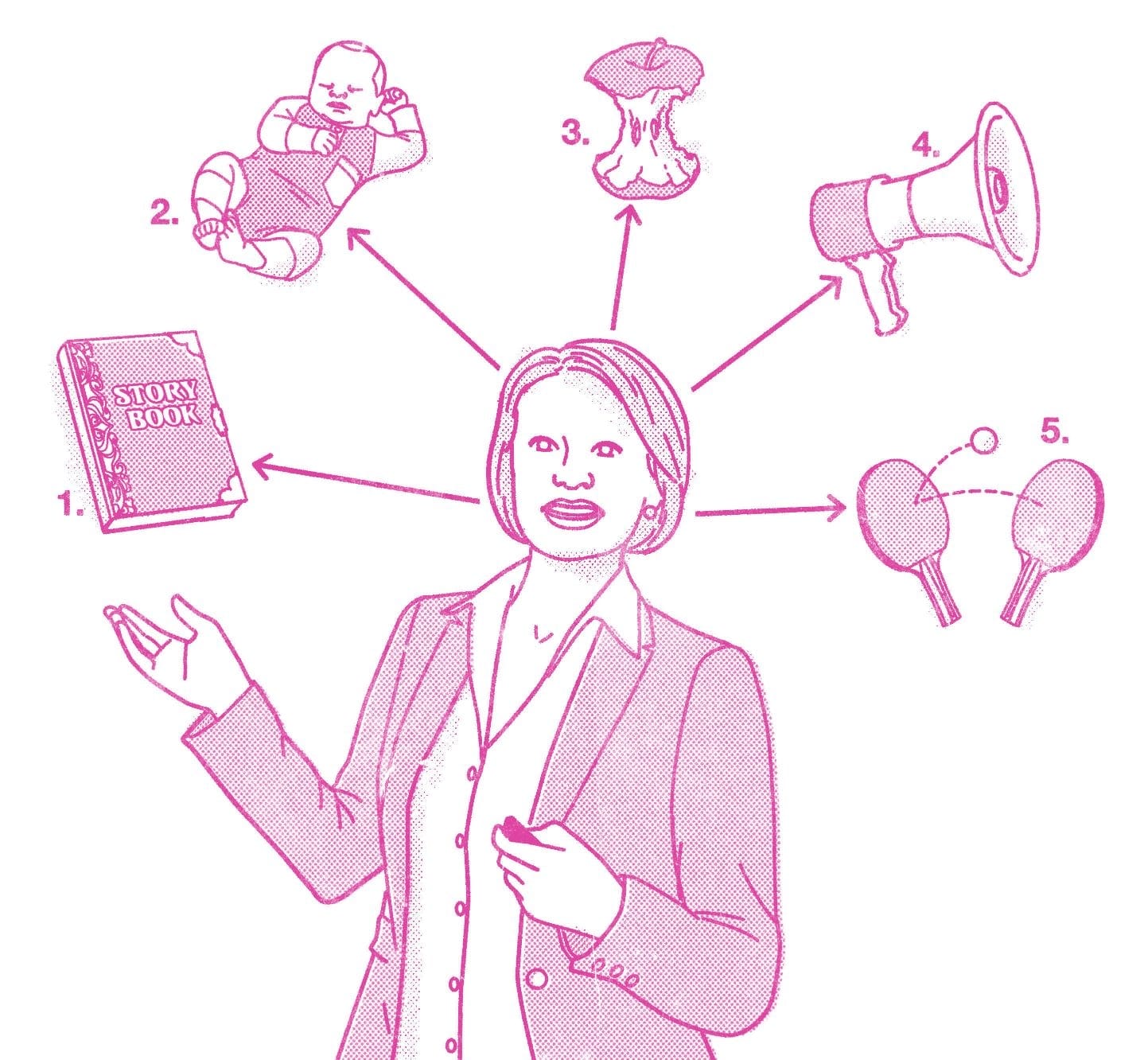Real-world face-to-face communication is a rarity in business today, and the potential for failing to convey an intended message or giving the wrong impression has grown. Wharton Executive Education and Wharton’s Center for Leadership and Change Management have created Nano Tools for Leaders — techniques that you can learn and start using in less than 15 minutes. This Nano Tool is designed to make sure your message gets across by helping you use neuroscience research to fine-tune your communications.
Two of the most effective methods for connecting with your audience are making eye contact and mirroring (subtly mimicking the gestures of the other person). Both methods lead to synchronized brain waves, which are linked to engagement, learning, and good rapport. Try the following ideas to further improve your chances of being heard.
1. Tell a story, but don’t jump right in.
Hearing the same story word for word won’t necessarily create collective engagement and synchronized brains, because everyone comes with different experiences, biases, and distractions that can get in the way of common understanding. To synchronize, the group needs to make sense of what they’re hearing in a similar way. How? Before telling the story, explain what it means or why you’re telling it.
2. Encourage people to focus on something bigger than themselves.
Research co-authored by Penn communication and psychology professor Emily Falk shows that difficult messages are met with an impulsive self-defense that can block understanding. To combat that, Falk asked people to think about things that mattered most to them (like family, friends, or spirituality) or to repeatedly wish for the well-being of other people.
3. Keep it simple.
Research on movie trailers found that those with the fewest words and images were most effective. Brain synchrony is hindered by complexity. The simpler the message, the easier it is to understand — and the more likely it is to be remembered. But “short and sweet” is not enough. Communicate an essential core, something that’s both straightforward and profound.
4. Raise the volume (slightly).
Wharton’s Jonah Berger and Alex Van Zant of Rutgers Business School found that speaking slightly more loudly and varying your volume increases your perceived confidence, which in turn makes you more persuasive. That works best when you’re physically present, which ties in with another finding: You’re more persuasive in person than over email.
5. Make feedback a two-way street.
Research suggests that before you deliver difficult feedback to an employee, you should schedule a meeting and ask the employee to evaluate you. Listen uncritically, take your time responding, and use mirroring by summarizing the feedback. Then hold a second meeting in which you go back to what you heard; if there was an area of perceived weakness, ask for ways to improve. Then deliver your feedback, and ask how you can help support growth or change.
Michael Platt GR94 is a professor of marketing, psychology, and neuroscience and director of the Wharton Neuroscience Initiative.
Published as “Give Your Communications a Boost” in the Spring/Summer 2021 issue of Wharton Magazine.

























